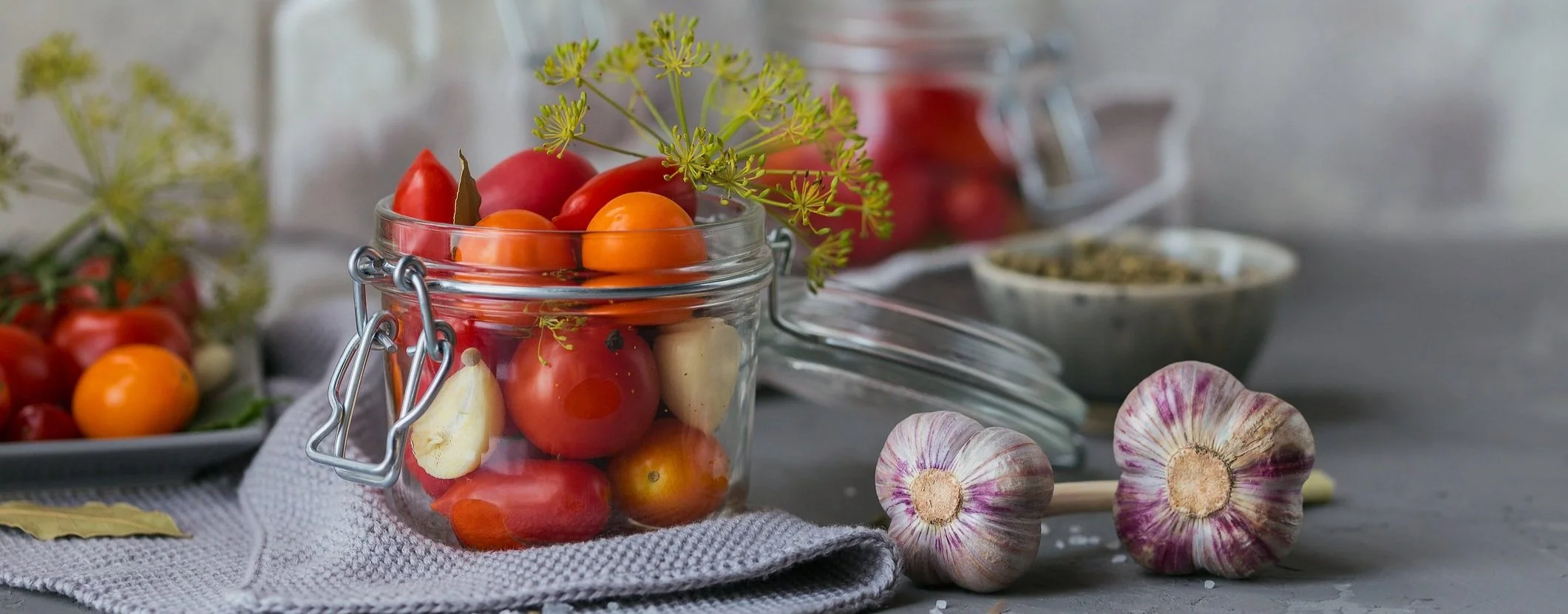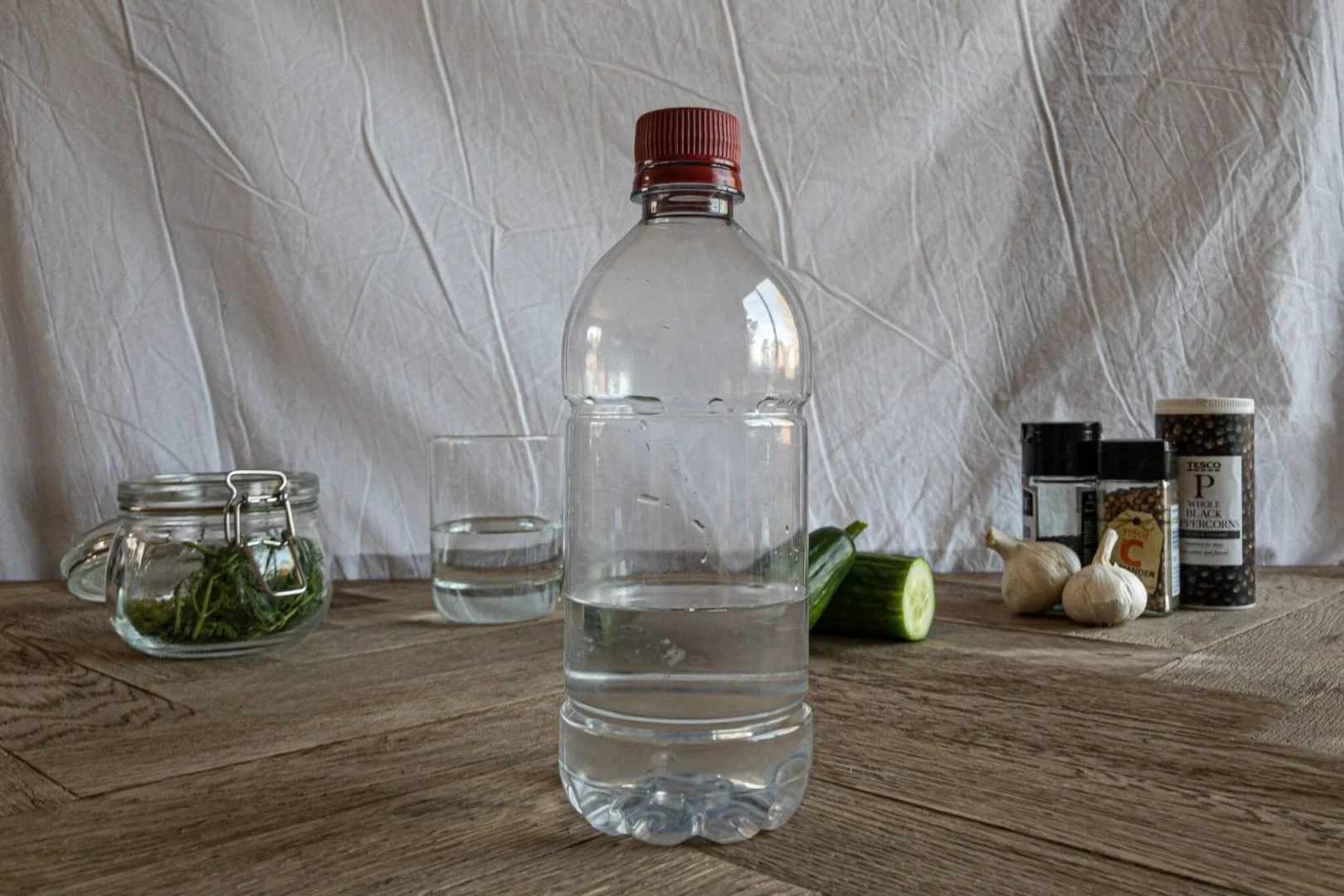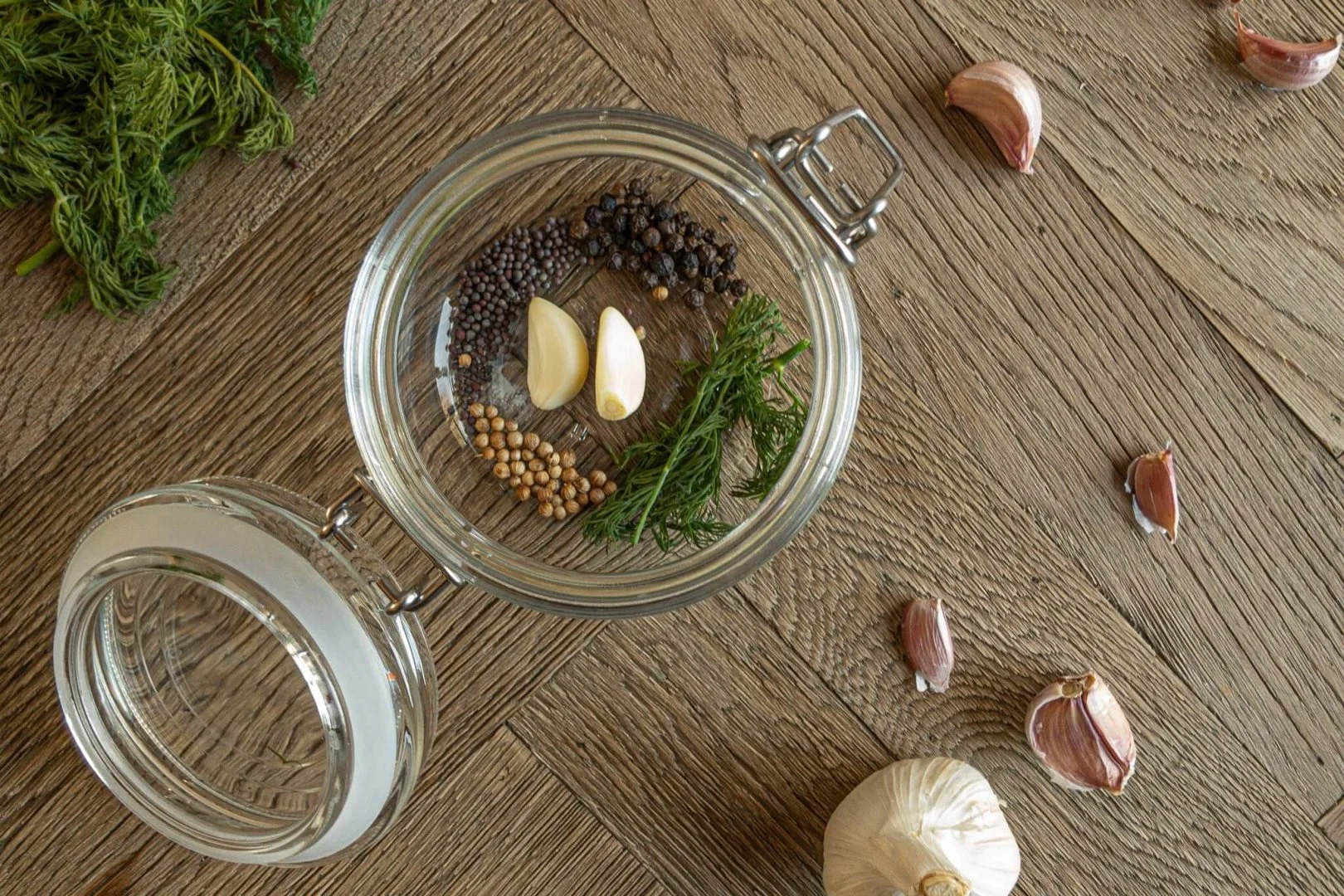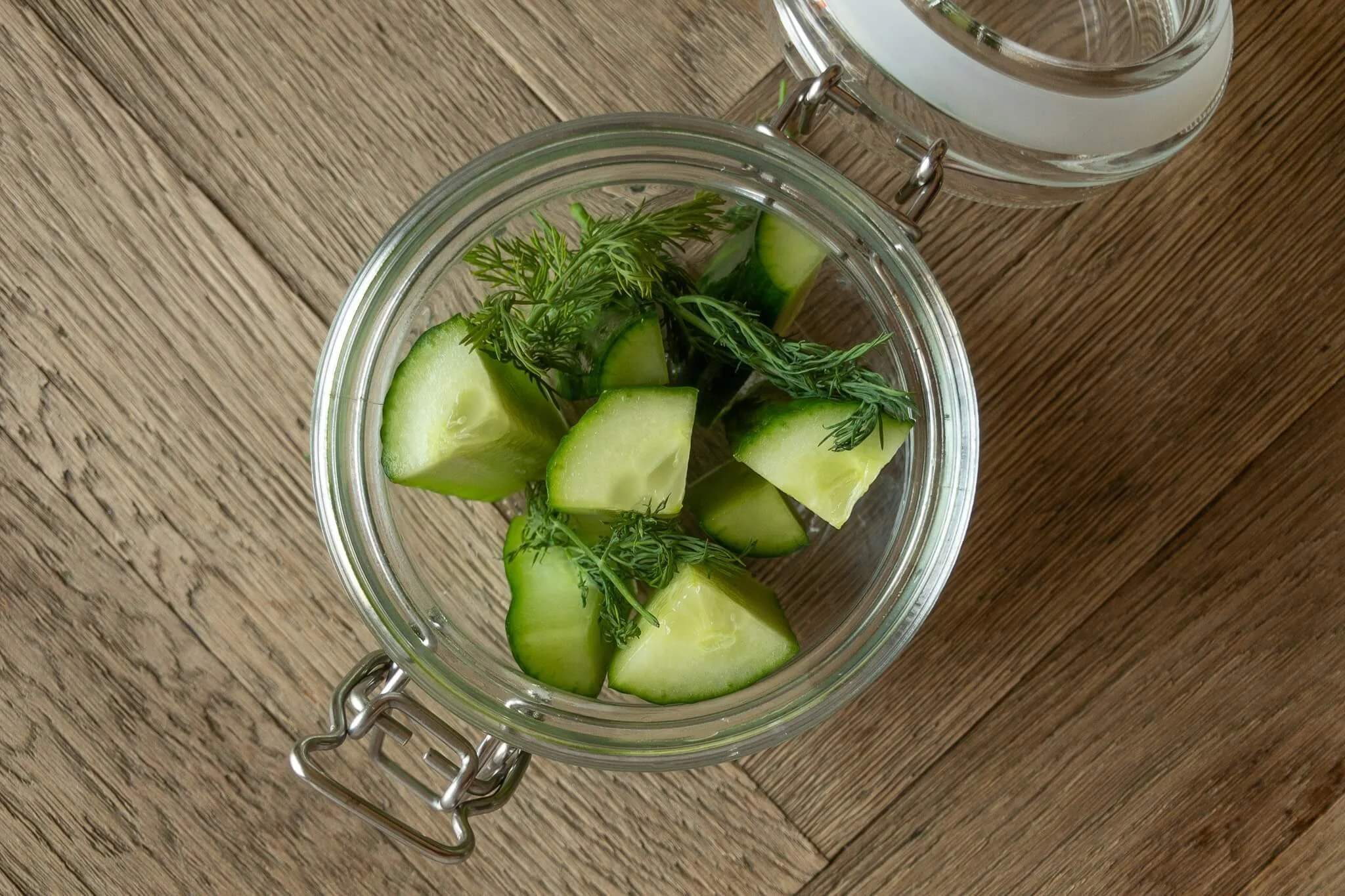Pickling Fresh Veg From Start
Discover > Texas Home Cooking > Pickling > Pickling Fresh Veg From Start
Who doesn't love pickles? Pickled cucumbers (how long do cucumbers last?), pickled onions, pickled eggs. There is virtually no fresh food that wouldn't taste great pickled. From vegetables and fruits to meat and dairy pickling is one of the best food preservers available. The preservation method dates back to 2030 BC when cucumbers from India were pickled in Tigris Valley, a major river system that begins in Eastern Anatolia and flows off into the Persian Gulf. The name is derived from the word 'pekel' which translates to brine in Dutch.
But what is pickling? and what are the best ratios to get the job done? and exactly what is the difference between that and fermenting? Allow me to enlighten you:
Pickling is a method of food preservation that works by immersing foods in an acidic solution, like vinegar, that changes both the taste and texture of the food. It also involves the use of heat, which serves to destroy and inhibit the growth of any microorganisms. In order for the process to begin the pH level must be under 4.6, which is enough to kill the majority of bacteria.
Now you may ask yourself, what's the difference between fermenting and pickling? Well, the answer is quite simple, it involves immersing foods in an acidic liquid to achieve a sour flavor; when foods are fermented, the sour flavor is a result of a chemical reaction between a food's sugars and naturally present bacteria — no added acid required.
Spices are often added to the brine such as peppercorns, mustard seeds (how long do mustard seeds last?), dill (how long does dill last?)seeds (how long do dill seeds last?), allspice berries (how long do allspice berries last?), bay leaves and so many more. So, Let's get into how to make some of these bad boys;
For the Liquid
There's a broad spectrum of dark and light vinegar that is used for pickles, malt vinegar, white wine vinegar, red wine vinegar, balsamic vinegar (how long does balsamic vinegar last?), you can even buy a bottle of 15-minute pickler at the supermarket. I used 1 cup of distilled vinegar with half a cup of water. A good general rule to follow is ⅔ vinegar to ⅓ water, but if you're following a recipe of your choosing, follow the direction exactly to avoid spoilage. Keep in mind I only made a small jar which only held around 350ml, tweak the quantities based on how much you're making.
Herbs & Spices
The only important spice you should definitely use is pickling salt. It’s pretty much table salt without any added iodine or anti-caking agents, It keeps the water from getting cloudy. Use 2 tablespoons of salt for every quart of water you use.
My favorite types of pickles are dill pickles for which I used, fresh dill. I also used a combination of mustard seed, peppercorns, garlic, sugar, salt, and coriander seeds (how long do coriander seeds last?). It's very hard to go wrong using spices. Buy locally-made artisan spices or create your own combination with the following ingredients and more:
Fresh herbs (how long do fresh herbs last?) such as dill, parsley, coriander, etc.
Seeds (how long do seeds last?) such as mustard seeds, dill seeds, celery seeds (how long do celery seeds last?), fennel seeds, (how long do fennel seeds last?) coriander seeds, etc.
Spices like peppercorns, whole cloves, star anise, (how long does star anise last?) chili flakes, whole allspice, bay leaves, cinnamon... you get the picture.
Adding some fresh aromatics such as chili, garlic, and ginger can really boost the flavor of the pickle.
Produce You Can Pickle
Again, same with the spices; when it comes to pickling things, the sky's the limit. By no means are you restricted to vegetables either? From sweet fruits to meat, dairy, and other animal produce, here's a list of some popular fresh foods to pickle.
Cucumber, beets, onions, cauliflower, tomatoes, bell peppers, carrots, radishes, turnips, okra, etc, etc.
Pears, apples, peaches, pineapple, blueberries, figs, even watermelon rinds
Meat; also referred to as corned beef, pork, pickled chicken, including the feet, and so and so on.
Now that you know how to pickle, why not try fermenting? Learn how to turn hot peppers into your own spicy hot sauce (how long does hot sauce last?) with our hot pepper fermentation guide.





